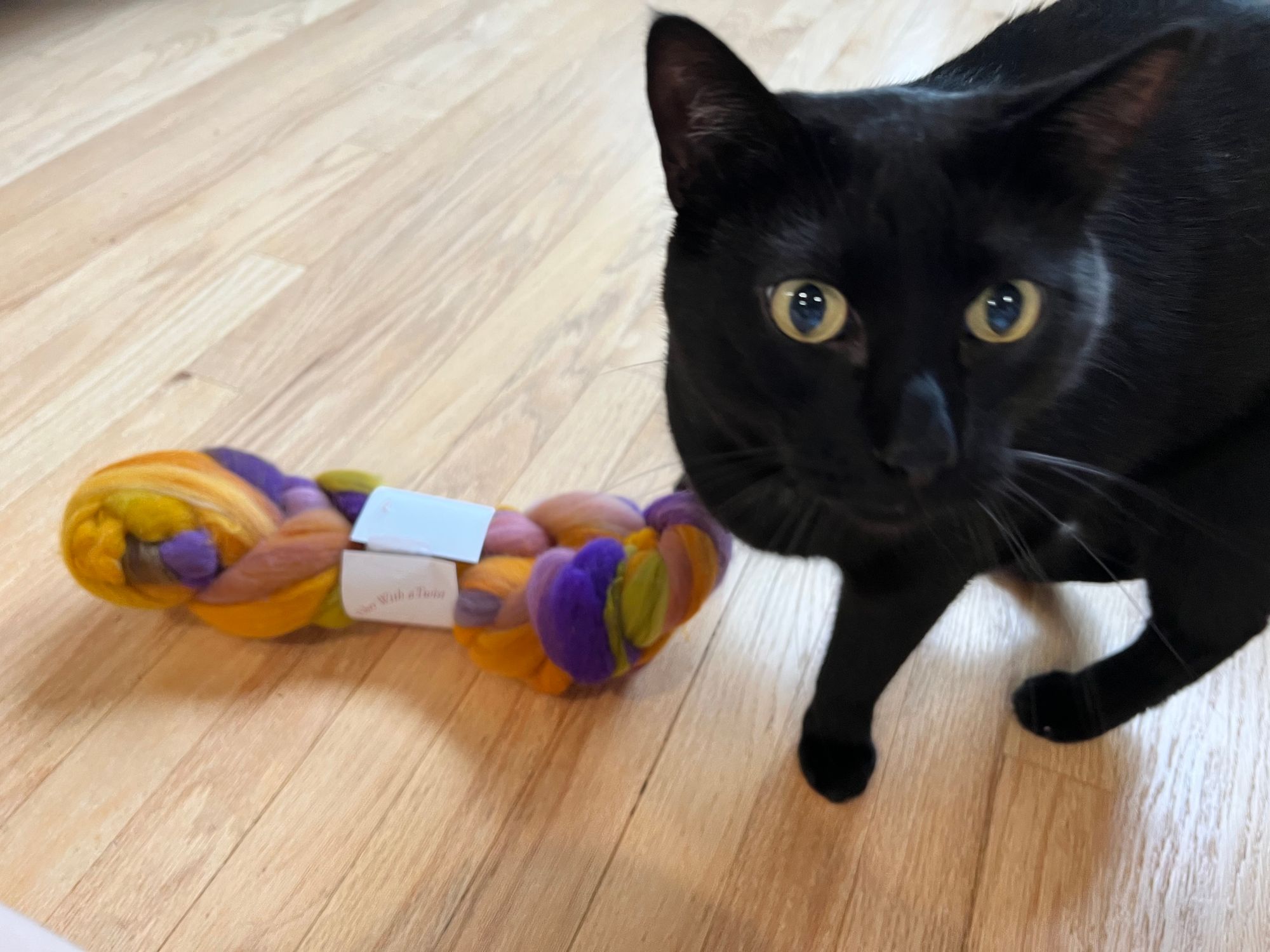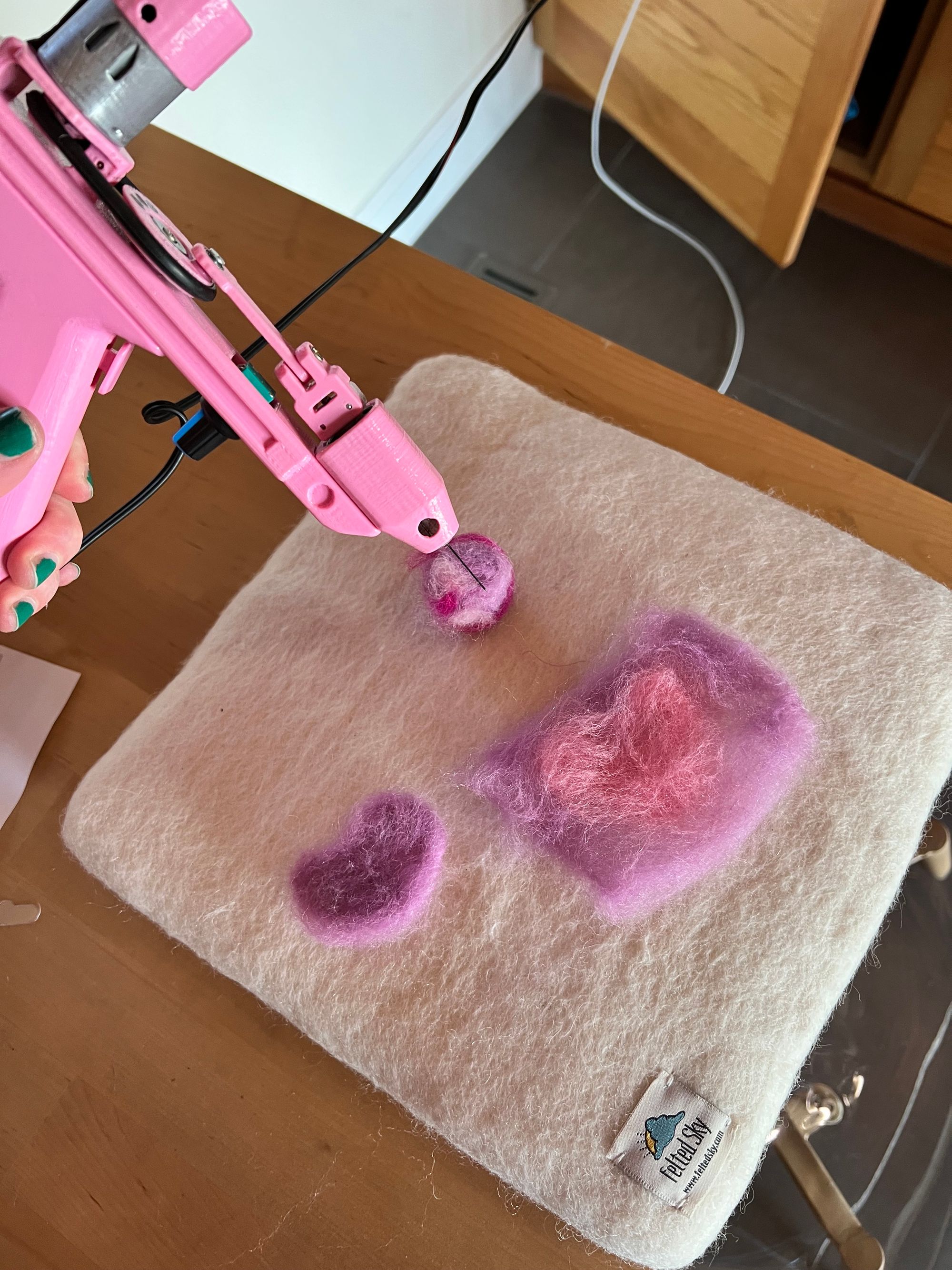😓n Lost Knowledge

losing things sucks. one measure of the suckage is how irreplaceable the “thing” is.
we can all relate to that creepy uneasy feeling of “oh shit where is THAT THING”
when its physical objects sucks like keys…or say a birth certificate you suspect you accidentally donated to Goodwill its a bummer. but ultimately….keys can be remade and the birth certificates reprinted.
losing intangibles like knowledge or lore is a gut punch. there is no….quick, easy, or sometimes even ability to restore what was lost.
on a corporate level losing institutional knowledge is killer and imo a big factor why most enterprise SaaS platforms are so unwieldy, bloated, and a fucking bear to operate and maintain, let alone scale.
if you don’t have anyone on staff who knows why in the ever living fuck XYZ is deployed as a daemonset across your clusters……likely no one is going to don their detective hat and figure it out. That daemonset will live on persisting and consuming resources unnecessarily and adding to the cognitive overhead of system investigations.

the worst is when XYZ daemonset was just someone’s lil toy/test project and they flitted off to the next tech company to run more experiments they’ll forget to clean up.
so for this case when that engineer leaves they’re taking with them
- knowledge of why XYZ was a potential solution for a problem
- at least a hare-brained idea for implementing and rolling out XYZ, prolly in their heads not written as a project plan or anything durable
what is the result of this missing knowledge? without proper monitoring….the scream test. people willy-nilly turning off and hibernating parts of the system.

at least with a company the blast radius is limited to your customer base. when we as humanity lose knowledge and skills…the blast radius is the potential of our species
which brings me to reinventing the wheel
(there’s some tie-in above to reinventing the wheel at the company but I don’t have time to dwell on it today)
so yeah, back in Ye Olden Times, spinning wool into yarn was considered a “cottage industry” that could keep families afloat during the harsh winter months when no crops were growing.
what was the bottleneck for scaling up your spinning capacity? the human spinner
1 human with 1 spinning wheel can only make so much yarn (we’re not machines!)

but as time went on and our ability to construct machines to process wool increased in capacity the spinner remained the bottleneck.
along came a guy named James Hargreaves who was like “yo what if we could 8x the capacity of 1 human spinner”
and he dropped this baby on the market, the spinning jenny

and the spinners were so very grateful and the spinning jenny ushered in a new era of high production cottage industries and things were peachy.
…..
…..
…..
just kidding.
remember how the spinners were supporting their families during wintertimes? in their eyes this machine was there to replace them, after all with a spinning jenny you’d need less folks spinning to produce the same output which would have follow-on effects of more supply on the market and prices for thread/yarn would drop
so the spinners got together and took out their matchbooks and burned his fucking house down with all the existing spinning jennys inside

there were some other spinning machines invented and during this time (idk like mid 1700s??) the cottage industry dried up as machines were running that could manage 100+ spindles
so while there is a patent in the UK for this, the spinning jenny got caught between the winds of change and was quickly subsumed by the bigger production machines.
with all the arson and the sabotage James’ beautiful invention is lost to the sands of time and while one arduous fellow in the UK has managed to recreate one it isn’t quite functional.
so. this is a sidequest for the mill I’m apprenticing at - reviving the spinning jenny with sustainable/accessible/low-cost materials. it’ll be a bit of a journey and i’m sure we’ll modify parts of the design but this is knowledge I do not want us to lose

Art n Cat

